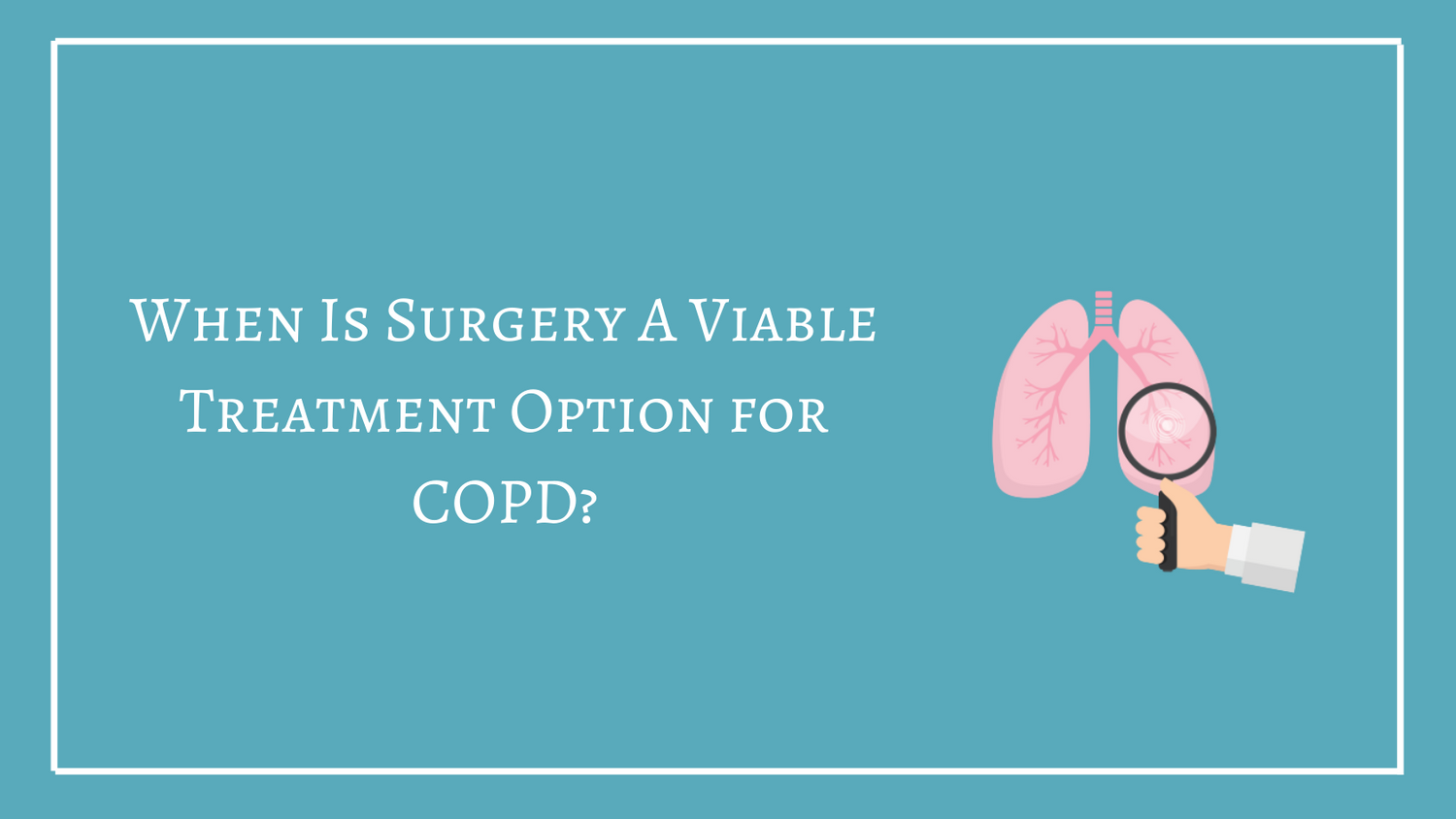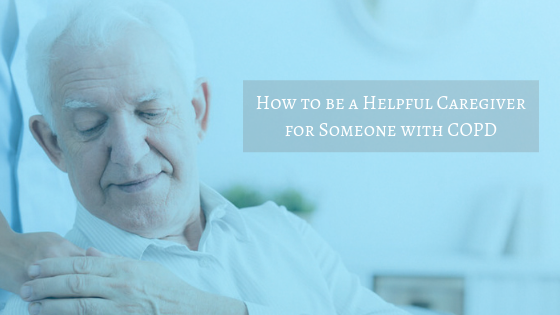Respiratory Resource Center - LPT Medical
When Is Surgery A Viable Treatment Option For COPD?
Oxygen therapy, pulmonary rehabilitation, and inhaled medication are the...
Read More15 Important Things That Happen When You Quit Smoking
Despite smoking being the cause of 80 percent...
Read MoreHow to be a Helpful Caregiver for Someone with COPD
Chronic obstructive pulmonary disease (COPD) affects millions of...
Read More


